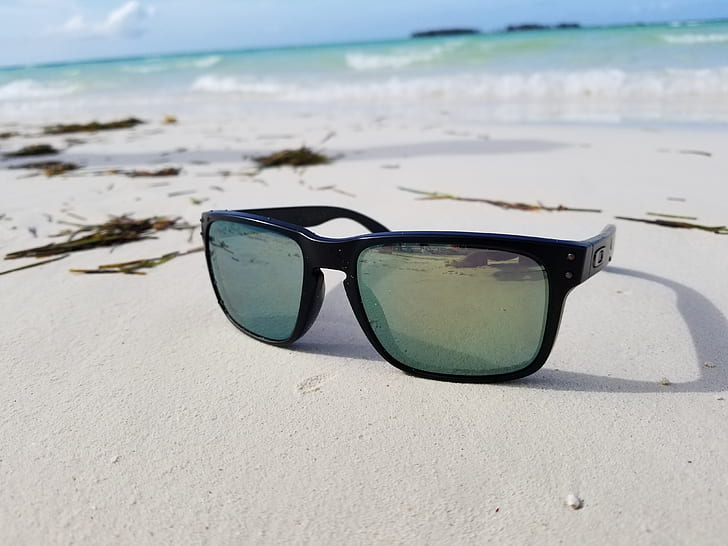Choosing Sunglasses For Protection
It Feels Like Home!

Shade with Purpose: A Guide to Choosing Sunglasses for Protection
Choosing Sunglasses for Protection, Sunglasses are more than just a fashion accessory – they are essential for protecting your eyes from harmful ultraviolet (UV) radiation and reducing the risk of eye damage and vision problems. With so many options available on the market, selecting the right sunglasses for maximum protection can be overwhelming. In this article, we’ll provide a comprehensive guide to help you choose sunglasses that offer superior eye protection against UV rays, glare, and other environmental hazards, allowing you to enjoy the outdoors with confidence and comfort.
Look for UV Protection:
- Choose sunglasses that offer 100% UV protection to shield your eyes from both UVA and UVB rays, which can cause long-term damage and increase the risk of cataracts, macular degeneration, and other eye conditions.
- Check the label or product description for UV protection information, and opt for sunglasses that meet or exceed ANSI (American National Standards Institute) and/or CE (Conformité Européenne) standards for UV protection.
Select Polarized Lenses:
- Consider polarized sunglasses to reduce glare and enhance visual clarity, especially when engaging in outdoor activities such as driving, fishing, or skiing.
- Polarized lenses contain a special filter that blocks horizontal glare from reflective surfaces like water, snow, and roads, providing superior glare reduction and improved contrast and depth perception.
Choose Lens Color and Tint:
- Select lens colors and tints based on your specific outdoor activities and lighting conditions.
- Gray or neutral-colored lenses provide true color perception and are suitable for general outdoor use.
- Brown or amber lenses enhance contrast and depth perception, making them ideal for activities such as golfing, fishing, and hiking.
- Yellow or orange lenses improve visibility in low-light conditions and are popular for activities like skiing and cycling.
Consider Lens Material:
- Choose lens materials that are lightweight, durable, and impact-resistant for optimal comfort and protection.
- Polycarbonate and Trivex lenses are excellent choices for sports and outdoor activities due to their high impact resistance and built-in UV protection.
- Glass lenses offer superior optical clarity but may be heavier and more prone to breakage than plastic alternatives.
Evaluate Frame Design and Fit:
- Look for sunglasses with a wraparound frame design or wide temple arms to provide maximum coverage and protection from peripheral light and UV exposure.
- Ensure a comfortable and secure fit by selecting sunglasses with adjustable nose pads, temple tips, and frame width to accommodate your face shape and size.
- Consider lightweight and flexible frame materials such as nylon, acetate, or titanium for added comfort and durability during extended wear.
Check for Lens Coatings and Features:
- Look for sunglasses with additional lens coatings and features to enhance performance and durability.
- Anti-reflective coatings reduce glare and reflections on the back surface of the lenses, improving visual clarity and comfort.
- Scratch-resistant coatings help protect the lenses from scratches and abrasions, preserving optical quality and longevity.
Choosing sunglasses for protection is essential for safeguarding your vision and enjoying outdoor activities with comfort and confidence. By selecting sunglasses with 100% UV protection, polarized lenses, appropriate lens color and tint, durable frame design and fit, and additional lens coatings and features, you can shield your eyes from harmful UV rays, reduce glare, and optimize visual clarity in any environment. With the right sunglasses, you can step outside with peace of mind, knowing that your eyes are well protected against the sun’s rays and other environmental hazards.
